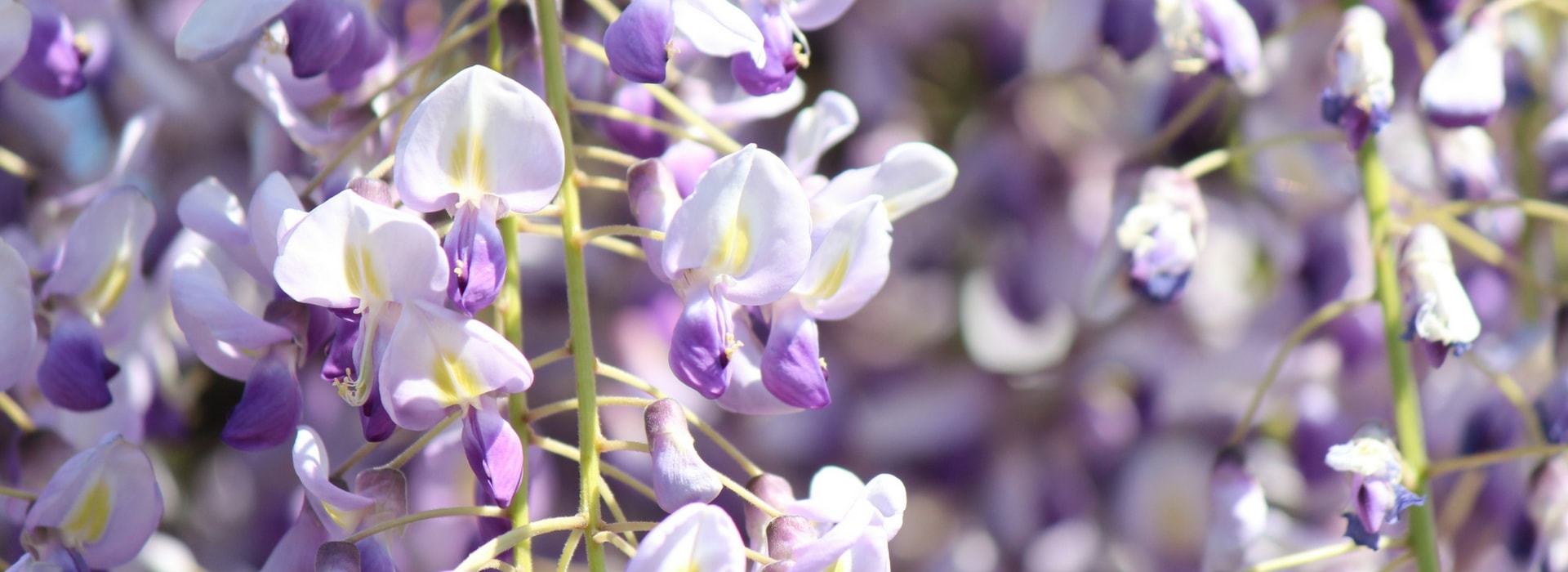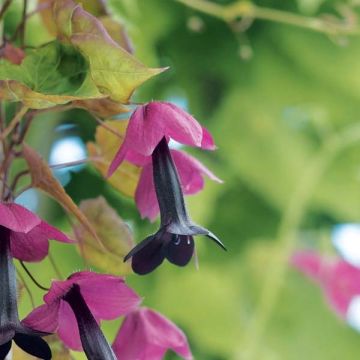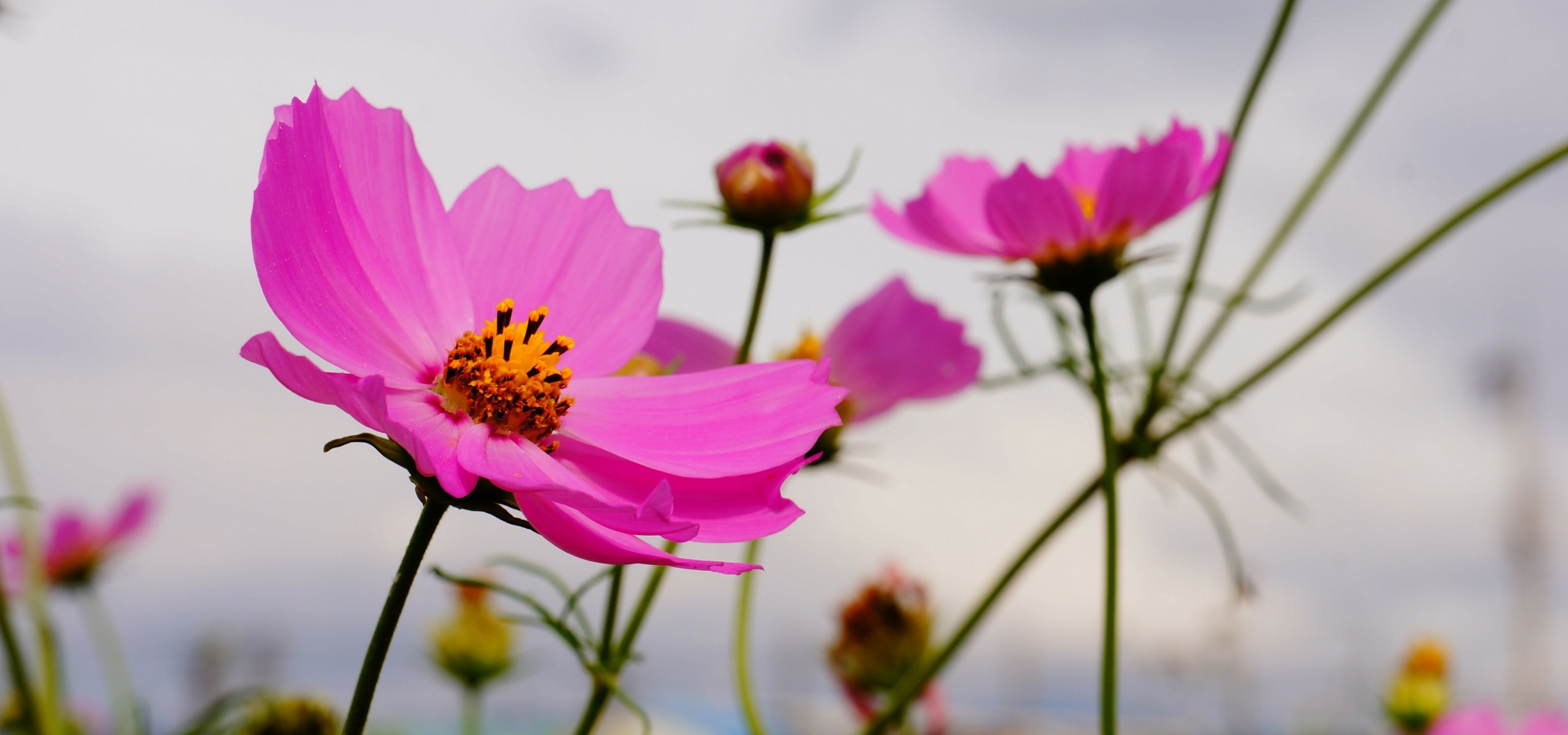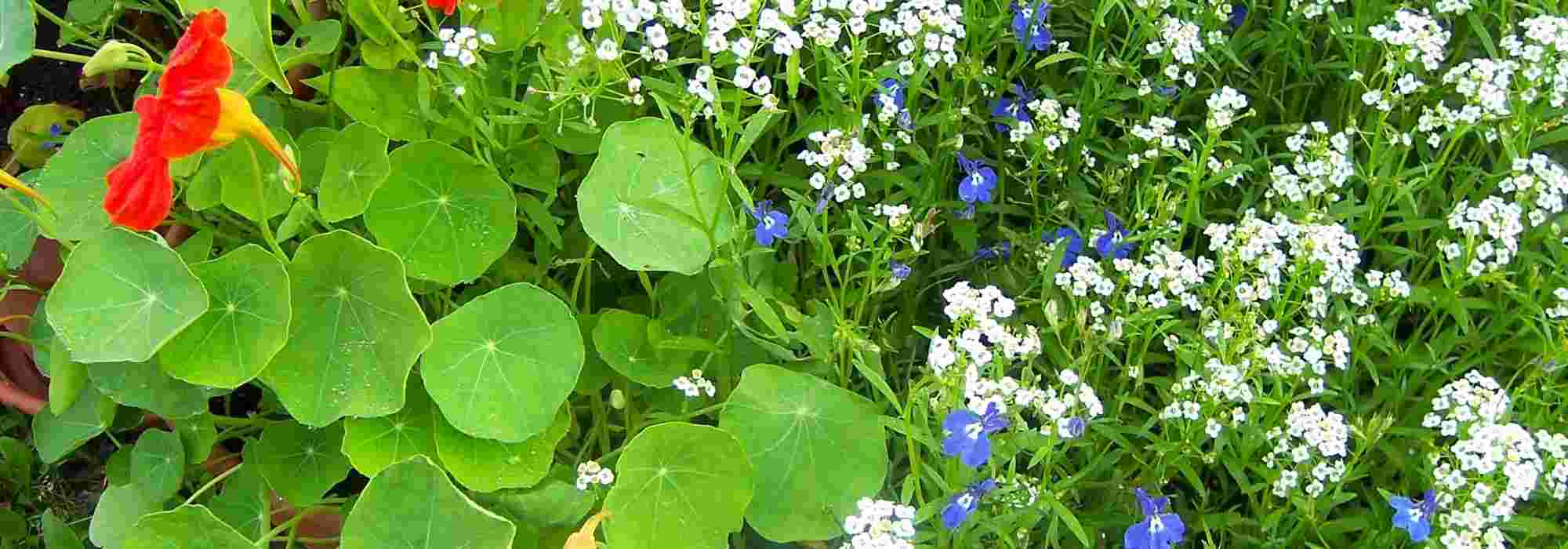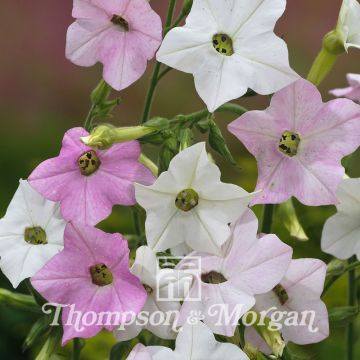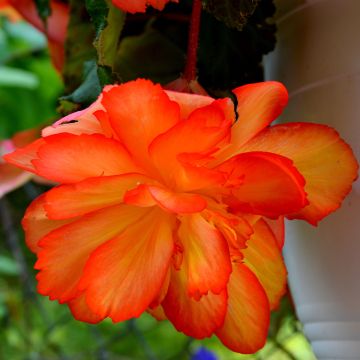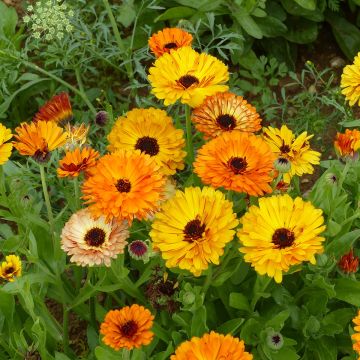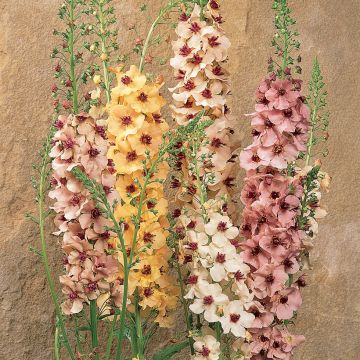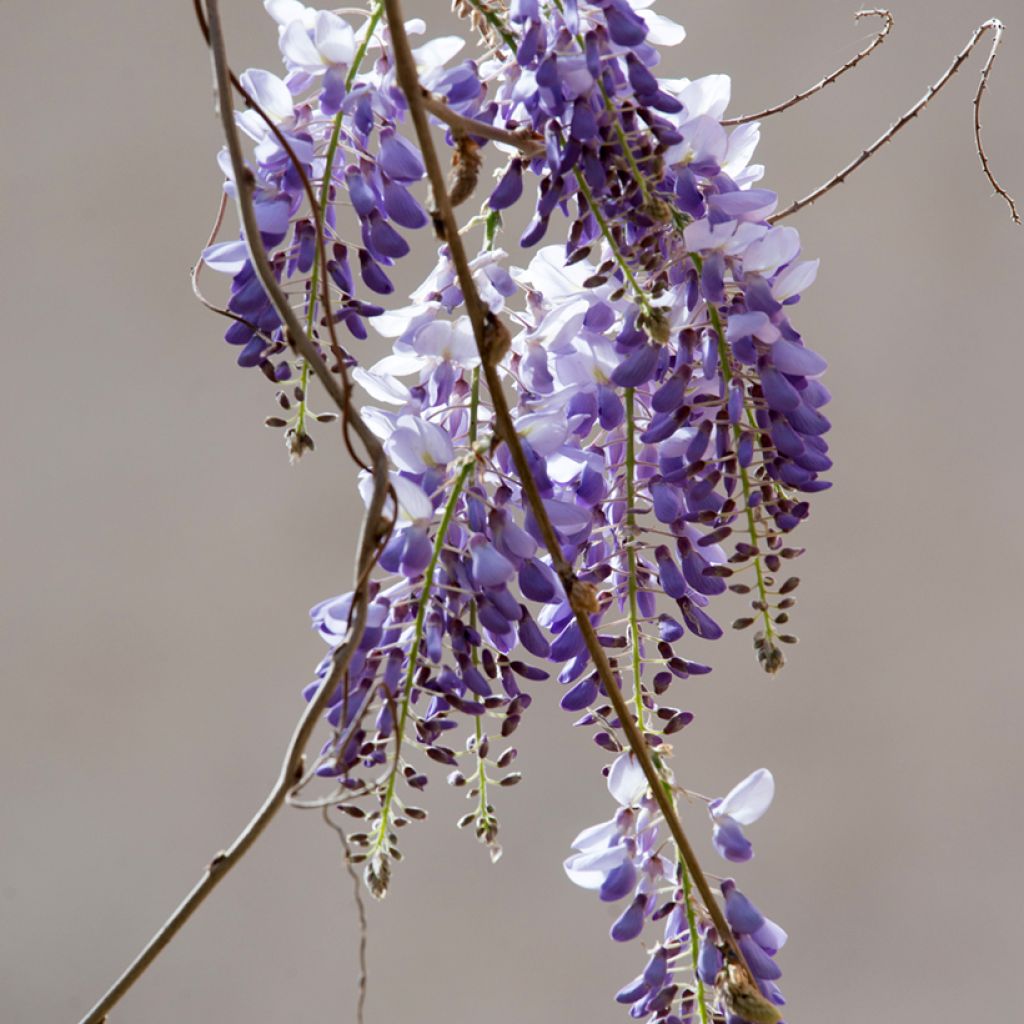

Wisteria sinensis seeds - Chinese wisteria
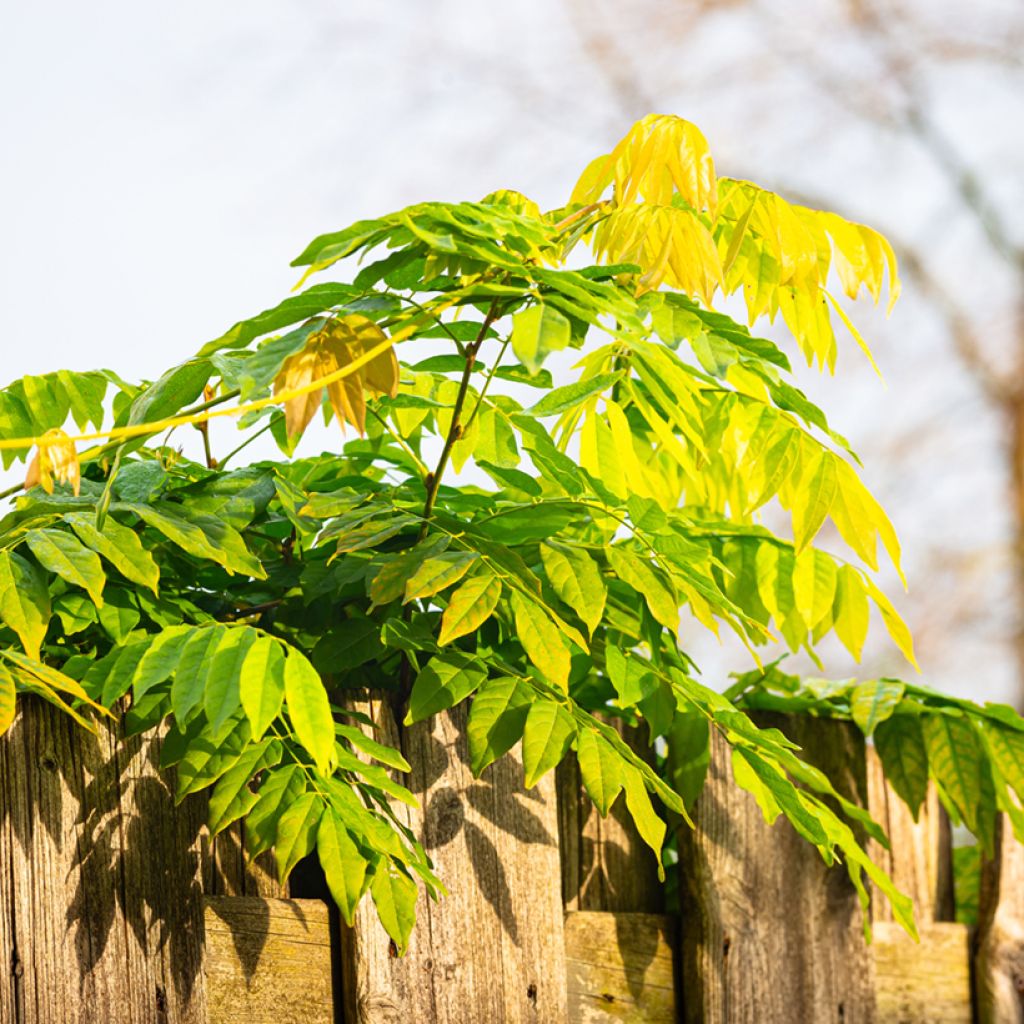

Wisteria sinensis seeds - Chinese wisteria
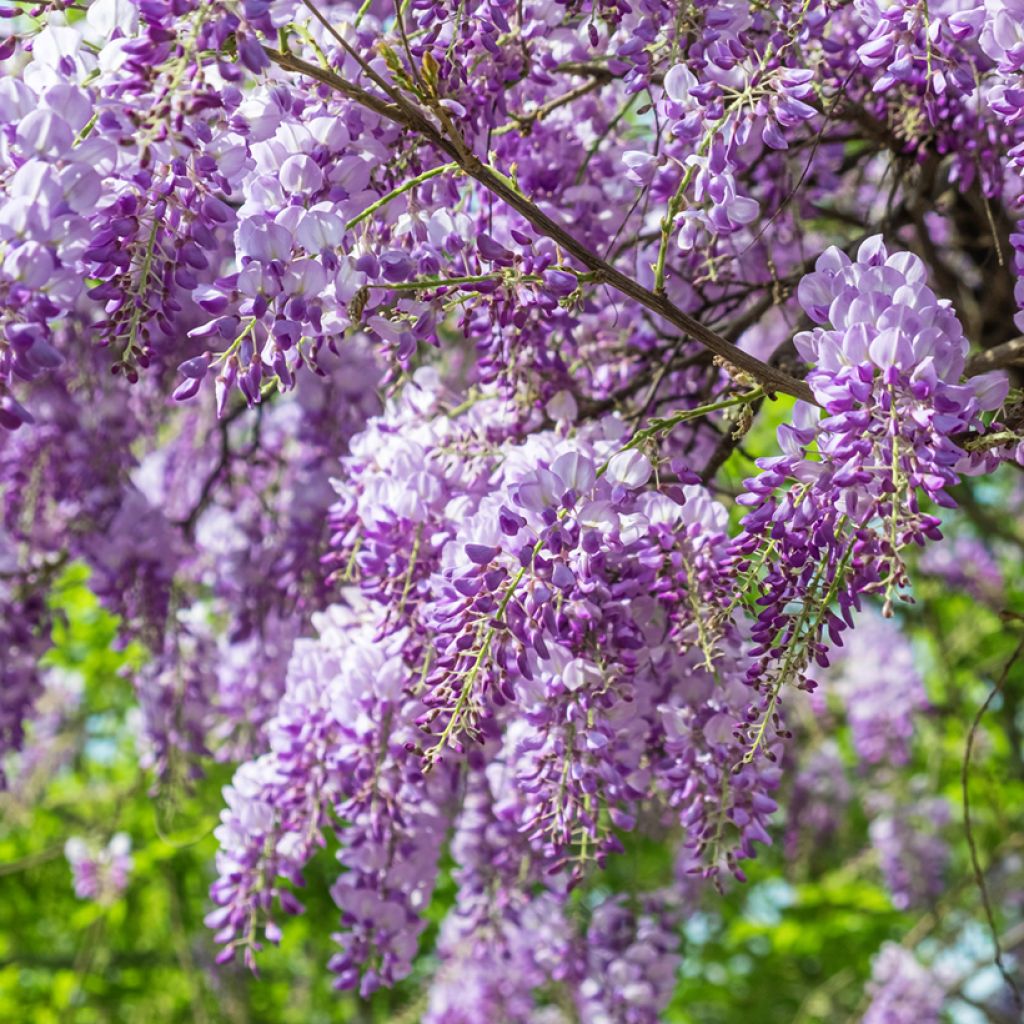

Wisteria sinensis seeds - Chinese wisteria


Wisteria sinensis seeds - Chinese wisteria
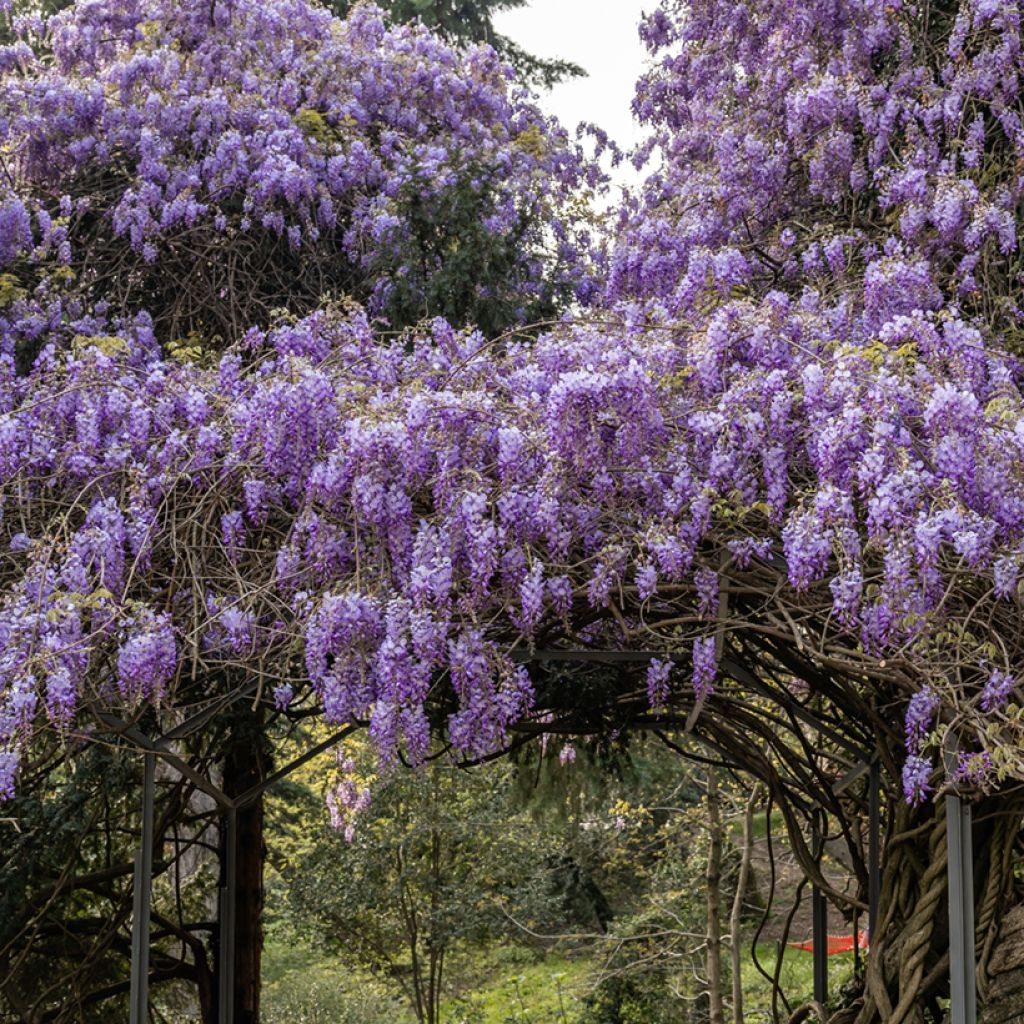

Wisteria sinensis seeds - Chinese wisteria
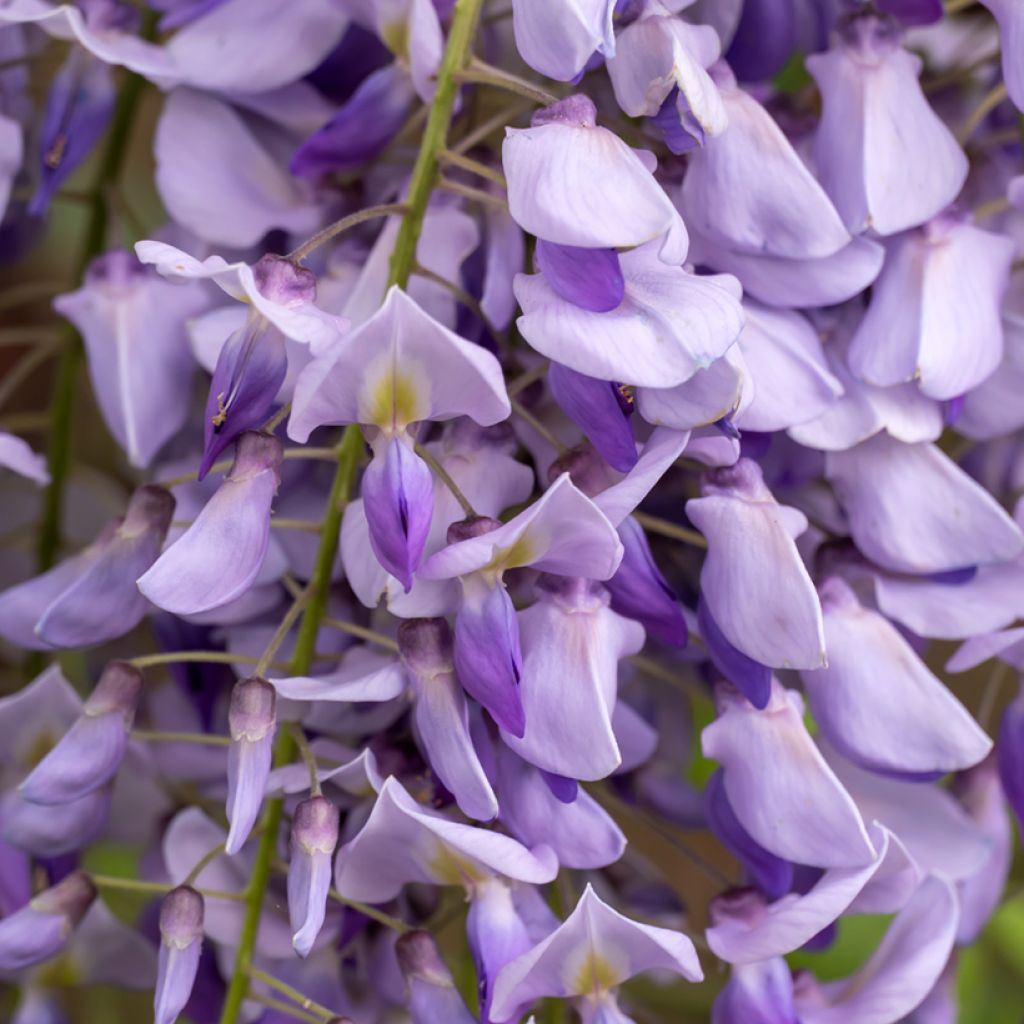

Wisteria sinensis seeds - Chinese wisteria
Wisteria sinensis seeds - Chinese wisteria
Wisteria sinensis
Chinese wisteria, Chinese kidney bean
Special offer!
Receive a €20 voucher for any order over €90 (excluding delivery costs, credit notes, and plastic-free options)!
1- Add your favorite plants to your cart.
2- Once you have reached €90, confirm your order (you can even choose the delivery date!).
3- As soon as your order is shipped, you will receive an email containing your voucher code, valid for 3 months (90 days).
Your voucher is unique and can only be used once, for any order with a minimum value of €20, excluding delivery costs.
Can be combined with other current offers, non-divisible and non-refundable.
Home or relay delivery (depending on size and destination)
Schedule delivery date,
and select date in basket
This plant carries a 6 months recovery warranty
More information
We guarantee the quality of our plants for a full growing cycle, and will replace at our expense any plant that fails to recover under normal climatic and planting conditions.
Would this plant suit my garden?
Set up your Plantfit profile →
Description
Chinese Wisteria (Wisteria sinensis) is a large climber renowned for its spring flowering in cascades of mauve or bluish clusters, exuding a sweet fragrance. Its deciduous foliage is tender green in spring and turns golden in autumn. Indispensable for dressing pergolas, façades, and arbours, it can also be trained as a tree with methodical pruning. Its rapid growth and vigour require robust support. A sunny location will ensure optimal flowering.
Chinese Wisteria (Wisteria sinensis) belongs to the Fabaceae family. It is a woody climbing plant native to the Chinese provinces of Guangxi, Guizhou, Hebei, Henan, Hubei, Shaanxi, and Yunnan. In its natural habitat, it colonises forests and wooded areas, twining around trees and available structures. Introduced to Europe in the early 19th century, Chinese Wisteria quickly became popular for adorning pergolas and façades, symbolising friendship and longevity in the language of flowers. This vigorous climber exhibits rapid growth, reaching 10 to 15 metres in height in open ground, with a similar spread. Its stems twine around supports in an anticlockwise direction, i.e., counter to the movement of a clock's hands. Chinese Wisteria does not produce suckers but can form new shoots from its extensive root system. The deciduous leaves fall in autumn. Arranged alternately on the stems, they measure up to 40 cm in length and consist of 7 to 13 ovate to elliptical leaflets, each reaching 10 cm in length. Young leaves have silky hairs that disappear with age. The flowers, grouped in pendulous clusters 15 to 20 cm long, appear in spring before the full foliage unfolds. They are pale lilac to deep mauve, highly fragrant, and bloom almost simultaneously on each cluster. Pollination is mainly carried out by insects, particularly bees. The fruits are brown, velvety pods measuring 5 to 10 cm in length, containing 1 to 3 flattened and smooth seeds. These pods ripen in summer and twist to release the seeds, often emitting a dry sound. Young stems are densely hairy, while older ones become hairless with smooth bark that cracks over time. The root system of the Chinese Wisteria is deep and extensive, giving the plant great stability and the ability to draw water from deep underground.
Propagation by seed is possible, but the seeds require treatment to break dormancy. Seed-grown plants may take over ten years to flower and do not always retain the characteristics of the parent plant.
A true living sculpture, Chinese Wisteria graces gardens with elegance. It adorns pergolas, cascades along façades, or intertwines with arches and arbours, creating enchanting passages in spring. Its exuberance calls for worthy companions: climbing roses, such as 'Madame Alfred Carrière’, extend the flowering with their ivory roses, while Clematis montana 'Mayleen' will accompany it. Trained as a tree, wisteria requires rigorous pruning but pairs beautifully with light perennials such as hardy geraniums or bellflowers.
Wisteria sinensis seeds - Chinese wisteria in pictures






Flowering
Foliage
Plant habit
Botanical data
Wisteria
sinensis
Fabaceae
Chinese wisteria, Chinese kidney bean
Glycine sinensis, Kraunhia sinensis, Wisteria praecox
China
Other Climber seeds
View all →Planting and care
To sow Chinese wisteria (Wisteria sinensis) seeds, it is important to follow specific steps to optimise germination.
Begin by scarifying the seed coat lightly with fine sandpaper, which will help water absorption. Then, soak them in lukewarm water for 24 hours to rehydrate.
Prepare individual pots filled with a light mix of equal parts compost and sand. Plant each seed at a depth of about 1 to 2 cm, then water gently to moisten the substrate without saturating it. Place the pots in a warm, bright spot, maintaining a temperature between 20 and 25°C. Germination may take 2 to 8 weeks.
Once the seedlings have developed several leaves and the roots begin to establish well, usually after a few months, it is time to transplant them into the ground or larger containers.
Choose a sunny location with well-drained, organically rich soil. Dig a hole wide and deep enough to accommodate the root system without constriction. Mix the excavated soil with compost to enrich it. Carefully place the young plant in the hole, ensuring the collar is level with the soil, then backfill and water generously.
Wisteria thrives in full sun and tolerates a wide range of soils, provided they are well-drained. Water regularly in the first few years to encourage strong rooting, then reduce once the plant is well established.
Sowing period
Intended location
Planting & care advice
This item has not been reviewed yet - be the first to leave a review about it.
Similar products
Haven't found what you were looking for?
Hardiness is the lowest winter temperature a plant can endure without suffering serious damage or even dying. However, hardiness is affected by location (a sheltered area, such as a patio), protection (winter cover) and soil type (hardiness is improved by well-drained soil).

Photo Sharing Terms & Conditions
In order to encourage gardeners to interact and share their experiences, Promesse de fleurs offers various media enabling content to be uploaded onto its Site - in particular via the ‘Photo sharing’ module.
The User agrees to refrain from:
- Posting any content that is illegal, prejudicial, insulting, racist, inciteful to hatred, revisionist, contrary to public decency, that infringes on privacy or on the privacy rights of third parties, in particular the publicity rights of persons and goods, intellectual property rights, or the right to privacy.
- Submitting content on behalf of a third party;
- Impersonate the identity of a third party and/or publish any personal information about a third party;
In general, the User undertakes to refrain from any unethical behaviour.
All Content (in particular text, comments, files, images, photos, videos, creative works, etc.), which may be subject to property or intellectual property rights, image or other private rights, shall remain the property of the User, subject to the limited rights granted by the terms of the licence granted by Promesse de fleurs as stated below. Users are at liberty to publish or not to publish such Content on the Site, notably via the ‘Photo Sharing’ facility, and accept that this Content shall be made public and freely accessible, notably on the Internet.
Users further acknowledge, undertake to have ,and guarantee that they hold all necessary rights and permissions to publish such material on the Site, in particular with regard to the legislation in force pertaining to any privacy, property, intellectual property, image, or contractual rights, or rights of any other nature. By publishing such Content on the Site, Users acknowledge accepting full liability as publishers of the Content within the meaning of the law, and grant Promesse de fleurs, free of charge, an inclusive, worldwide licence for the said Content for the entire duration of its publication, including all reproduction, representation, up/downloading, displaying, performing, transmission, and storage rights.
Users also grant permission for their name to be linked to the Content and accept that this link may not always be made available.
By engaging in posting material, Users consent to their Content becoming automatically accessible on the Internet, in particular on other sites and/or blogs and/or web pages of the Promesse de fleurs site, including in particular social pages and the Promesse de fleurs catalogue.
Users may secure the removal of entrusted content free of charge by issuing a simple request via our contact form.
The flowering period indicated on our website applies to countries and regions located in USDA zone 8 (France, the United Kingdom, Ireland, the Netherlands, etc.)
It will vary according to where you live:
- In zones 9 to 10 (Italy, Spain, Greece, etc.), flowering will occur about 2 to 4 weeks earlier.
- In zones 6 to 7 (Germany, Poland, Slovenia, and lower mountainous regions), flowering will be delayed by 2 to 3 weeks.
- In zone 5 (Central Europe, Scandinavia), blooming will be delayed by 3 to 5 weeks.
In temperate climates, pruning of spring-flowering shrubs (forsythia, spireas, etc.) should be done just after flowering.
Pruning of summer-flowering shrubs (Indian Lilac, Perovskia, etc.) can be done in winter or spring.
In cold regions as well as with frost-sensitive plants, avoid pruning too early when severe frosts may still occur.
The planting period indicated on our website applies to countries and regions located in USDA zone 8 (France, United Kingdom, Ireland, Netherlands).
It will vary according to where you live:
- In Mediterranean zones (Marseille, Madrid, Milan, etc.), autumn and winter are the best planting periods.
- In continental zones (Strasbourg, Munich, Vienna, etc.), delay planting by 2 to 3 weeks in spring and bring it forward by 2 to 4 weeks in autumn.
- In mountainous regions (the Alps, Pyrenees, Carpathians, etc.), it is best to plant in late spring (May-June) or late summer (August-September).
The harvesting period indicated on our website applies to countries and regions in USDA zone 8 (France, England, Ireland, the Netherlands).
In colder areas (Scandinavia, Poland, Austria...) fruit and vegetable harvests are likely to be delayed by 3-4 weeks.
In warmer areas (Italy, Spain, Greece, etc.), harvesting will probably take place earlier, depending on weather conditions.
The sowing periods indicated on our website apply to countries and regions within USDA Zone 8 (France, UK, Ireland, Netherlands).
In colder areas (Scandinavia, Poland, Austria...), delay any outdoor sowing by 3-4 weeks, or sow under glass.
In warmer climes (Italy, Spain, Greece, etc.), bring outdoor sowing forward by a few weeks.






























